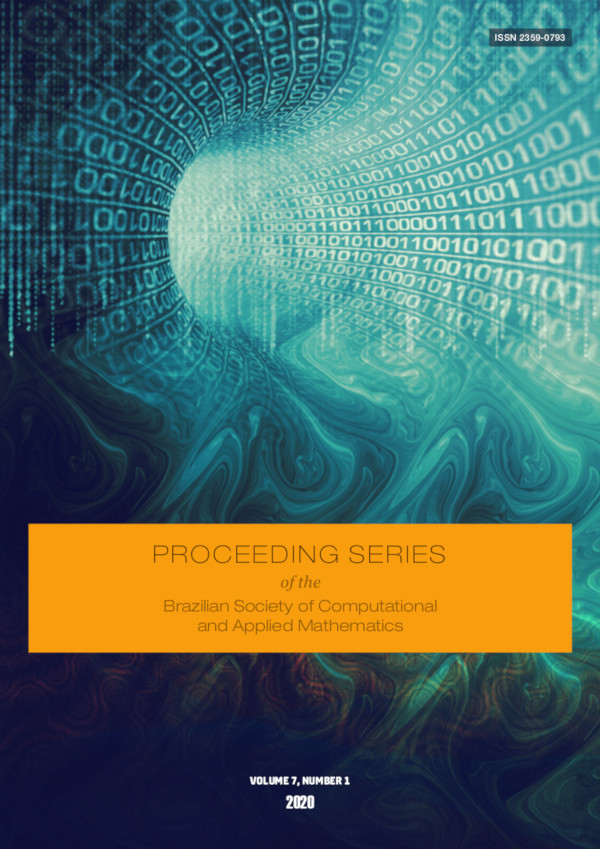Forecasting Endogenous and Exogenous Time Series generated by P-model Algorithm using the Keras Machine Learning API
Palavras-chave:
P-model Algorithm, Multiplicative Information Cascade, Machine Learning, Social SciencesResumo
The kinetic energy dissipation in turbulent-like eddies cascading process can be modeled using the so-called P-model approach [3]. The P-model energy distribution of a multiplicative cascade is based on the special case of weighted probability transfer where p = 0.5 describes the homogeneous distribution. The p-model algorithm procedure given by Davis et al. [1] can produce stochastic time series from only three input parameters: (i)the size of the series, N, (ii) the spectral index based on the autocorrelation function of the signal (β) and (iii) the multifractality factor, p, that together with beta can defifine if the nonhomogeneous stochastic flfluctuation is endogenous (strongly auto correlated) or exogenous (weakly auto correlated). In this work, we apply machine-learning techniques to test predictions of extreme events (endogenous and exogenous) simulated from the P-model. Keras API [2] was used in conjunction with the TensorFlow API in Python to obtain a methodology that uses machine learning with deep neural networks [4]. Preliminary results have shown precise criteria for classifification and forecasting of endogenous versus exogenous extreme events patterns. The forecast performance will be analyzed based on the power spectrum density values of endogenous and exogenous model time series. This result will be reported later. [...]Downloads
Não há dados estatísticos.

